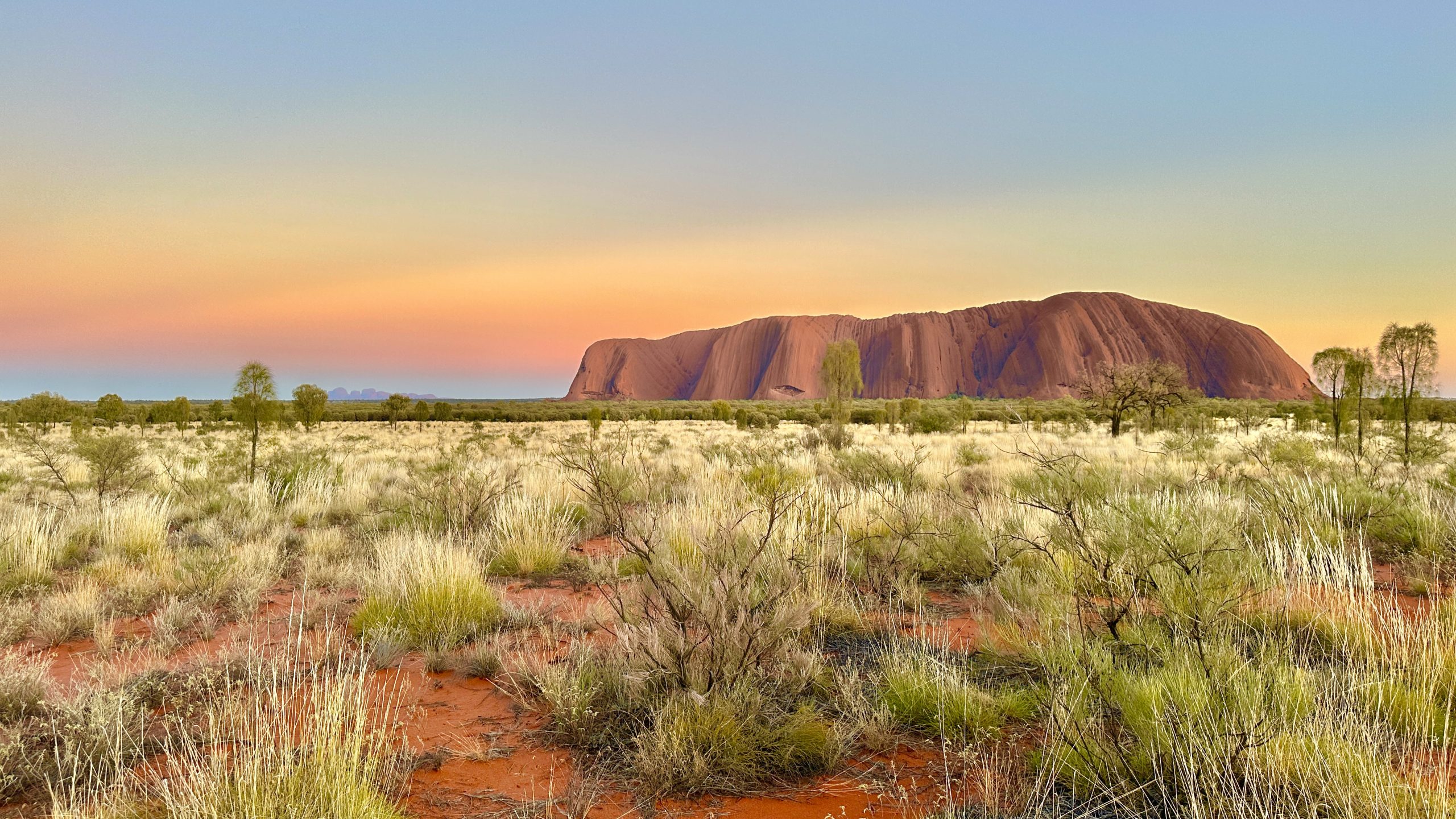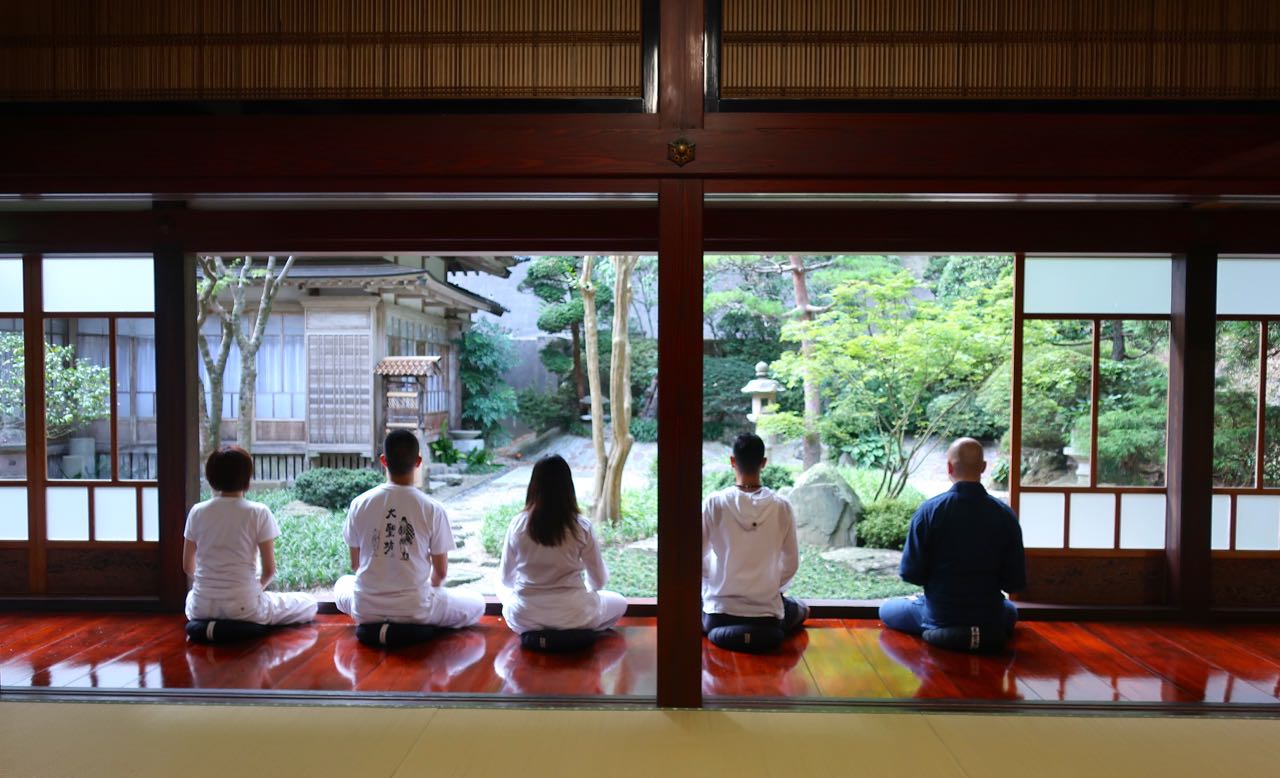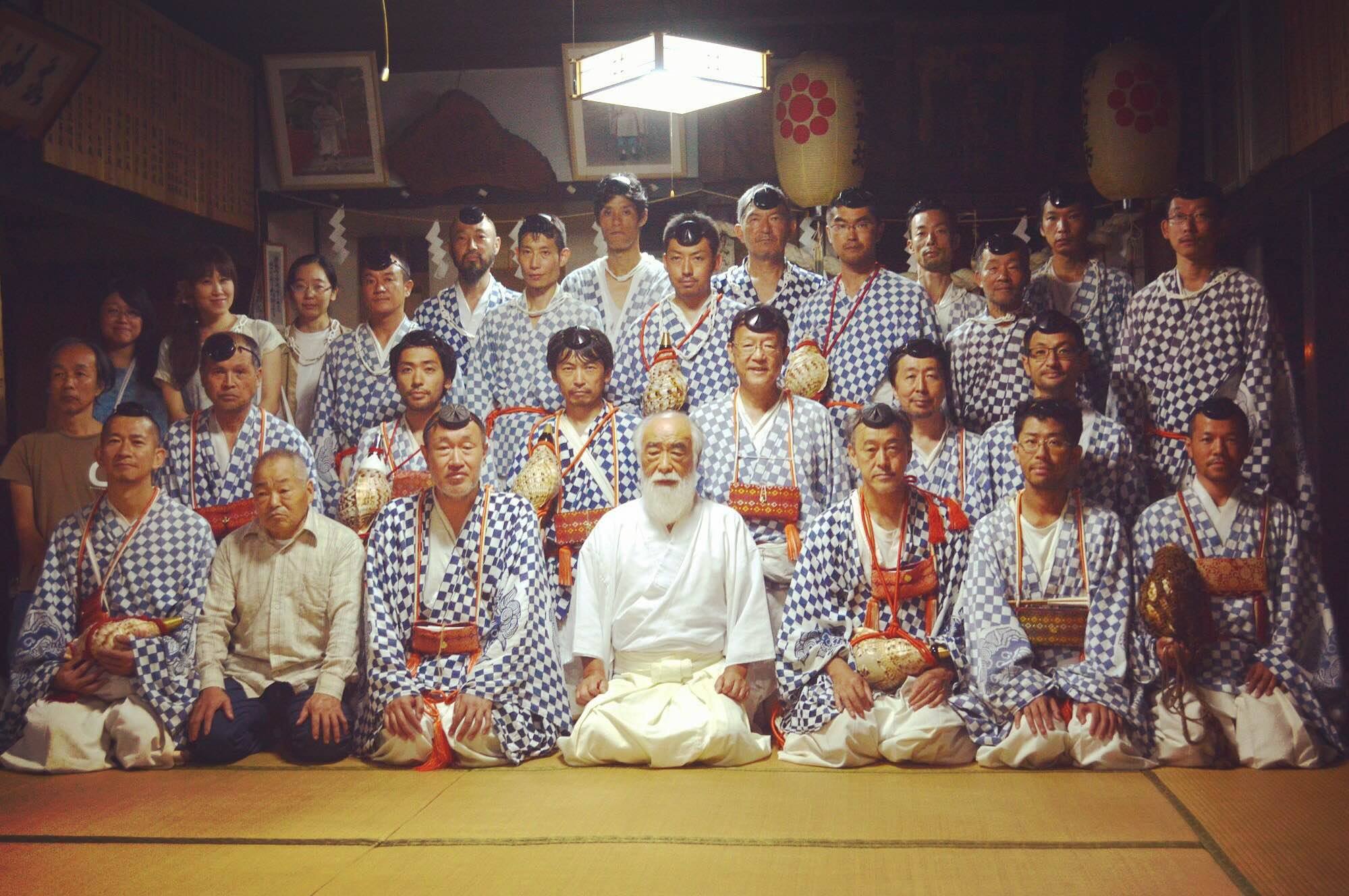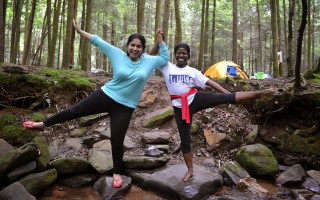
Uluru-Kata Tjuta National Park in Australia is the iconic giant red rock in the smack middle of the country, also known as Australia’s spiritual hub. Most Australians, let alone tourists, don’t get a chance to travel to Uluru. Because it sits in such a remote location, getting to Uluru is not easy. But if you […]

Many travelers claim that the spirit of Bali has the power to seep into your unconscious mind and radically change your thoughts, beliefs, and actions. If you are capable of finding a sense of awe in watching colored puffs of incense rise from small flower offerings and centuries-old Balinese temples scattered throughout stunning natural settings, […]

Read part 1 On My Way For Yamabushi Training I survived! I am officially one of the first few non Japanese speakers in the world to have received Yamabushi mountain hermit training. It was a wonderful experience and I feel stronger, accomplished and that I have spiritually grown to another level. The 5-day program designed by […]

Here I am, headed to Japan for a 5-day Yamabushi Training program! Until a few weeks ago, I did not even know what Yamabushi was about. But an email that landed in my inbox convinced me to go check it out. Yamabushi are Japanese mountain ascetic hermits who, according to a traditional Japanese mysticism, are […]

There exist several well-documented examples demonstrating that one week of camping sans electronics, not only resets our biological body clock but also synchronizes Melatonin (a hormone) production with sunrise and sunset. Armed with the knowledge of these studies, ventured into the outdoors, and into the very lap of nature. Though I am an avid Yoga […]